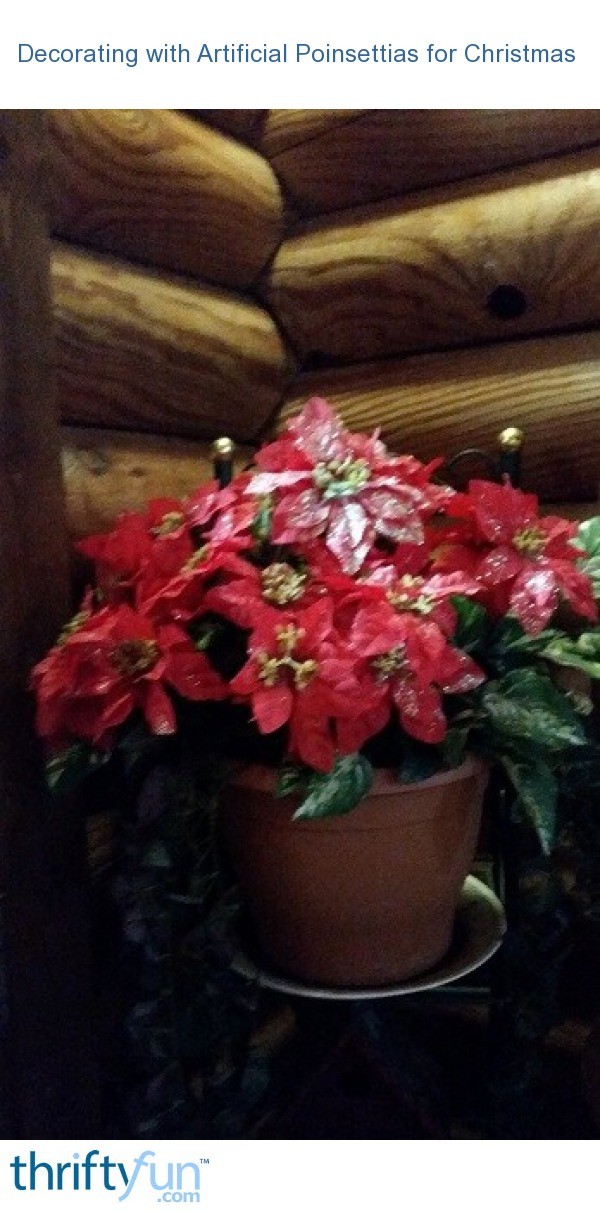The History of Poinsettias as Christmas Decorations

Each year as Christmas approaches, homes, churches, and shops everywhere become adorned with vibrant red and green colors, setting a festive mood. Among the decorations that make this season so recognizable are poinsettias, a flower with a rich history that intertwines with holiday traditions worldwide.
Origins of Poinsettias


Poinsettias, or Euphorbia pulcherrima, have their roots in the rich culture of Mexico, where they were originally cultivated for their striking red bracts. These vibrant colors, often mistaken for petals, are actually specialized leaves. The plant’s association with Christmas began centuries ago with the Aztecs, who called it Cuetlaxochitl, meaning “flower that grows in residues or soil.”
The Aztecs’ Use of Poinsettias

- The Aztecs considered the plant to have medicinal qualities.
- They used the sap to control fevers and made dyes from the bracts.
- The flowers were seen as symbols of purity and were used in celebrations and religious ceremonies.
Poinsettias and Christian Legend

The connection of poinsettias with Christmas has its roots in a heartwarming legend. It is said that a poor Mexican girl, unable to afford a gift for the baby Jesus, was inspired by an angel to gather weeds from the roadside. When she placed them at the nativity scene, they bloomed into beautiful red flowers, known today as poinsettias. This story, whether true or not, has cemented the flower as a symbol of humble offerings and divine beauty.
Propagation and Popularization

The poinsettia’s journey to becoming a global Christmas decoration began in the 19th century:
- In 1828, Joel Roberts Poinsett, the first U.S. ambassador to Mexico, brought back a variety of the plant.
- The plant was named after him, acknowledging his role in introducing it to North America.
- Poinsett shared cuttings with friends and botanical gardens, leading to its spread.
🌟 Note: While Poinsett popularized the plant, its widespread commercial success came later in the 20th century.
From Mexico to the World


The spread of poinsettias wasn’t just accidental; it was a cultural phenomenon:
- Europe: Poinsettias became popular in Europe after being showcased in various botanical gardens.
- United States: The Ecke family of Southern California revolutionized poinsettia cultivation in the 1900s.
- Japan: The poinsettia, known as Christmas Eve or Seibo, symbolizes good luck in winter celebrations.
The Ecke family's success in marketing poinsettias was unparalleled, with their innovative technique of grafting multiple plants to create full, bushy plants becoming standard practice.
Modern Cultivation

| Aspect | Description |
|---|---|
| Light Requirements | Bright, indirect sunlight, with a minimum of 6 hours daily. |
| Temperature | Preferably between 65-70°F during the day, cooler at night. |
| Watering | Keep soil moist but not soggy, allowing for good drainage. |
| Color Variations | Available in reds, pinks, whites, and now even variegated hues. |

💡 Note: The Ecke family guarded their grafting secrets so well that it was not until the 1990s that their technique became public knowledge.
As we reflect on the journey of poinsettias, their transformation from a humble Mexican plant to a worldwide Christmas icon is fascinating. Their vivid bracts add to the holiday spirit, symbolizing purity, love, and the beauty found in simple offerings. In addition to their aesthetic appeal, poinsettias are also a reminder of cultural exchange, botanical innovation, and the human love for nature's beauty.
Why are poinsettias associated with Christmas?

+
The association of poinsettias with Christmas originated from a Mexican legend and their adoption into holiday traditions worldwide due to their seasonal availability and vibrant colors.
Are poinsettias poisonous?

+
While poinsettias are often considered toxic, they are only mildly so. Ingesting leaves might cause mild stomach upset, but they are not lethally poisonous as was once believed.
Can poinsettias be kept year-round?

+
Yes, with proper care, poinsettias can be maintained as houseplants. They require specific light conditions to change color again for the next holiday season.



